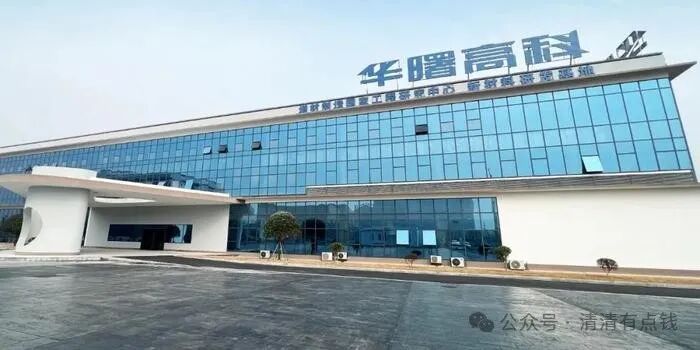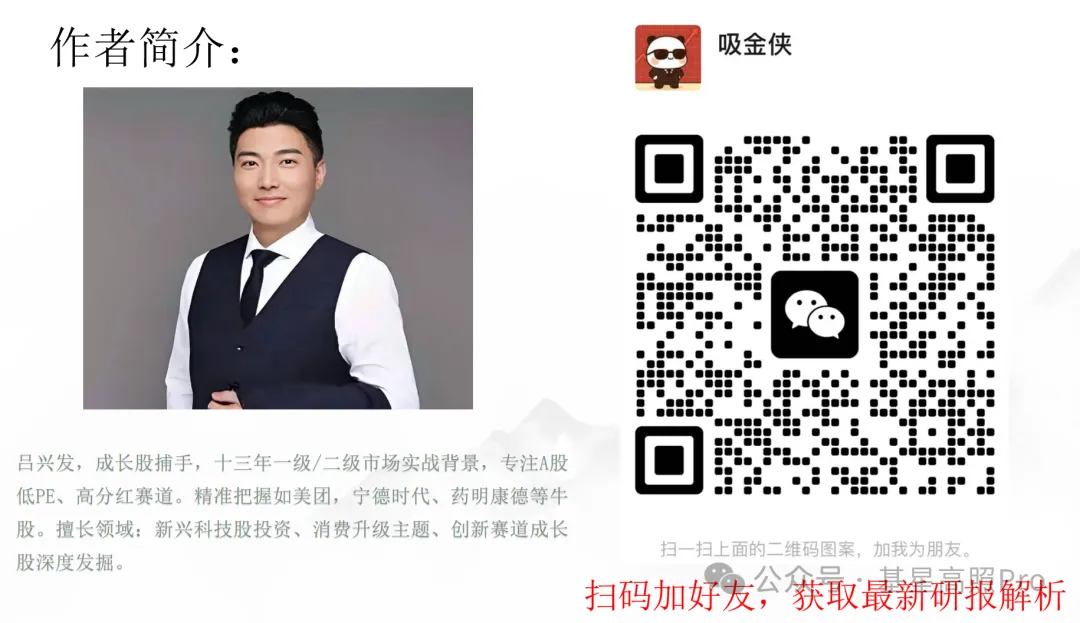1. Corporate Culture: The ‘Knight’ in the Open Source Community
Huashu’s “family culture” is reflected in the details. Photos of “innovation masters” hang on the cafeteria walls, and the “Golden Idea Award” can earn up to 50,000 yuan each quarter. What surprised me even more is that the company allows employees to use 20% of their work time for independent project development. This Silicon Valley-style innovation mechanism is almost “heretical” in traditional manufacturing. It is this atmosphere that has led Huashu to apply for over 600 patents in the past five years, of which 280 are invention patents, firmly placing it at the top among domestic 3D printing companies.
2. Competitors: The ‘Lone Ranger’ Amidst Giants
In the realm of 3D printing, Huashu Technology faces formidable competitors. The three international giants, Stratasys, 3D Systems, and EOS, hold 60% of the global market share, while domestic companies like Plater and Xianlin 3D are also in hot pursuit. However, Huashu has its own survival strategy: while international giants battle in the consumer market, Huashu quietly secured metal printing orders from the Aerospace Science and Technology Group; while domestic peers focus on plastic printing, Huashu’s FS621M metal equipment can already print aerospace engine components with a diameter of 1.5 meters.

What impresses me most is Huashu’s “rural encircling the city” strategy. In the European and American markets, Huashu enters small and medium enterprises with a cost-performance advantage; in “Belt and Road” countries, Huashu collaborates with local governments to establish 3D printing industrial parks. This differentiated competition has allowed Huashu to have 1,200 installed devices in 32 countries worldwide. Although its global market share is only 1.42%, it ranks first among domestic equipment, especially in the metal printing field, where Huashu’s market share is approaching two-thirds of the international giant SLM Solutions.
3. Technological Trends: The ‘Future Warrior’ of 3D Printing
Standing in Huashu’s exhibition hall, I can almost see the future of manufacturing. Their self-developed Flight technology has tripled the printing speed of polymer materials while reducing costs by 40%; the FS1521M metal equipment can print a 1.5-meter-high rocket engine nozzle in one go, a technological breakthrough that directly rewrites the manufacturing rules for aerospace components. What excites me even more is that Huashu is laying out plans for bioprinting, with a 3D printed artificial joint developed in collaboration with Xiangya Hospital already entering clinical trials.
Industry trends are validating Huashu’s foresight. The global 3D printing market is expected to grow from $18 billion in 2025 to $80 billion by 2030, and Huashu’s patent reserves in multi-material printing and AI-driven design position it favorably in this technological revolution. However, risks also exist: the core laser of metal printing equipment still relies on imports, and regulatory barriers in the bioprinting field may delay industrialization.
4. Social Value: The ‘Patriotism’ of an Invisible Champion
Huashu’s social contributions are hidden in the details. Workers at the Yiyang production base told me that 80% of the employees come from surrounding counties and cities, directly creating over 2,000 jobs. What surprised me even more is that Huashu invests 5% of its annual revenue in public welfare, having built 12 Hope Primary Schools in the mountainous areas of Xiangxi. In terms of technological accessibility, Huashu’s open-source software has been used for teaching in over 50 universities nationwide, training more than 10,000 3D printing talents.
But what truly moves me is Huashu’s breakthroughs in key areas. Rocket components printed with Huashu equipment for the Aerospace Science and Technology Group have reduced satellite launch costs by 30%; in the medical field, Huashu’s metal implants have helped over 2,000 patients regain their health. This sense of responsibility for “national heavy equipment” has earned Huashu more respect beyond the capital market.
5. Market Share: The Low-Key ‘Invisible Champion’
In the niche of 3D printing, Huashu Technology’s market share is as low-key as the “sweeping monk”. In the global ranking of industrial-grade equipment stock, Shanghai LianTai holds the first place with a 16.4% share, while Huashu follows closely with 6.6%. However, in the metal printing field, Huashu’s performance is even more impressive: with over 330 units installed domestically, its market share in the aerospace sector is close to 40%, and even the international giant EOS has to admit that Huashu has become “unstoppable” in the large-size metal printing field.
The trend of market share changes is even more noteworthy. Over the past three years, Huashu’s overseas revenue proportion has increased from 25% to 35%, and its subsidiaries in Germany and the United States have achieved localized services. This international layout has gradually enhanced Huashu’s voice in the global 3D printing market.
6. Development History: Three ‘Sword Discussions’
- 2012 Breakthrough Battle: Huashu launched its first nylon 3D printer FS3200PA, breaking Germany’s EOS material monopoly, with sales exceeding 100 units that year, establishing its leading position in domestic polymer printing.
- 2017 Counterattack Battle: Released the world’s first 16-laser metal printer FS621M, successfully entering the aerospace field, with revenue growth of 200% that year, completely rewriting the label of domestic equipment as “low-end”.
- 2023 Ecological Battle: Launched an open-source software platform, collaborating with over 100 partners to build a 3D printing ecosystem. This “decentralized” strategy has transformed Huashu from a device manufacturer to an industry standard setter.
7. Financial Health: The ‘Contradiction’ on the Profit and Loss Statement
Looking at Huashu’s 2024 financial report, the data presents an interesting contradiction: revenue of 492 million yuan decreased by 18.8% year-on-year, but net profit of 67.2 million yuan still maintains the industry average level. This “reduced volume but stable profit” is the result of Huashu’s proactive adjustment of product structure—abandoning low-margin consumer-grade equipment and focusing on high-value aerospace orders.
However, risks also exist: accounts receivable turnover days have increased from 90 to 120 days, and inventory turnover rate is 0.81 times/year, indicating pressure on collections and inventory backlog. But cash flow is in good condition, with a net cash flow from operating activities of 33.18 million yuan and a debt ratio of only 7%, allowing Huashu to have ample ammunition during the industry’s winter.
8. Future Strategy: ‘Rural Encircling the City’ 2.0
Huashu’s future strategy can be summarized as “one horizontal and one vertical”: horizontally expanding into new fields like medical and automotive, while vertically deepening the aerospace industry chain. The Shanghai R&D center under construction will focus on bioprinting and AI-driven design; the expansion project at the Yiyang production base will triple the production capacity of metal equipment.
What interests me most is Huashu’s “ecological strategy”. Through open-source software and material certification systems, Huashu is building a closed-loop ecosystem of “equipment – materials – applications”. This model could potentially disrupt industry rules like the Android system. However, challenges are also significant: ecological construction requires huge investments, and competitors’ imitation may weaken Huashu’s first-mover advantage.
9. Funding Trends: The ‘Potential Stock’ in Institutions’ Eyes
From the funding trends, Huashu Technology is experiencing a “bipolar” situation. In the fourth quarter of 2024, the proportion of shares held by the top ten institutions decreased by 2.63 percentage points, with some funds choosing to take profits. On the other hand, social security funds and foreign institutions are quietly increasing their holdings, with the proportion of northbound funds rising from 1.2% to 2.5%. This divergence reflects the market’s different judgments on Huashu’s short-term performance fluctuations and long-term technological advantages.
The attitudes of brokerage research reports are even more intriguing. Guosen Securities gives a “buy” rating, believing that Huashu’s technological barriers in metal printing are difficult to replicate; while CICC warns of industry cycle risks and suggests investors pay attention to changes in order volume. This divergence precisely indicates that Huashu is in a stage of “high growth and high risk” coexisting.
10. Risk Warning: The ‘Hidden Reefs’ on the Investment Road
- Technology Replacement Risk: New technologies like Binder Jetting may disrupt the existing market landscape.
- Customer Concentration Risk: The top five customers contribute 51% of revenue, relying heavily on the aerospace industry.
- Internationalization Risk: The increase in overseas revenue proportion may be affected by geopolitical factors impacting the supply chain.
Waiting for the ‘Singularity’: The 3D Printing Leader
Standing on the threshold of 2025, Huashu Technology resembles a swordsman waiting for the “singularity”. As 3D printing evolves from a “manufacturing tool” to an “industrial ecosystem”, Huashu’s open-source genes and technological reserves may position it as the “infrastructure provider” of this revolution. However, before that, investors need to endure the fluctuations of the industry cycle and the lengthy process of technology implementation.

Disclaimer
This article is a personal diary and does not constitute investment advice. All views expressed in this article are solely my personal opinions and do not have any guiding significance.